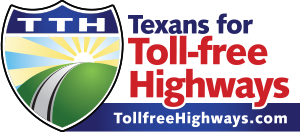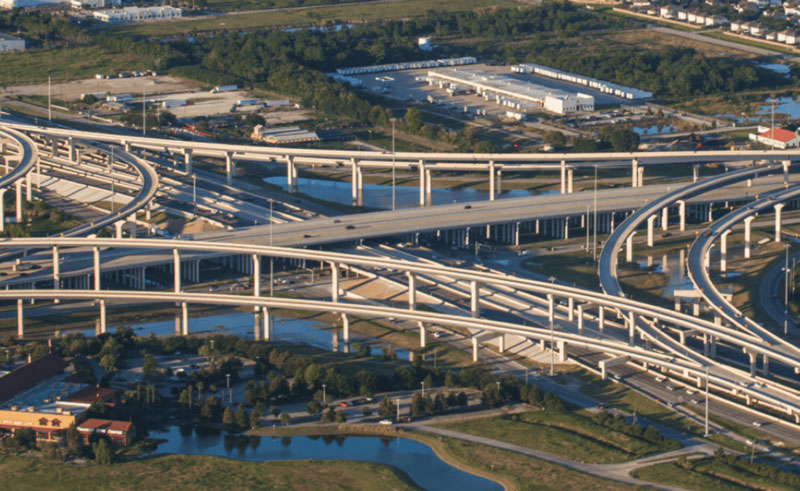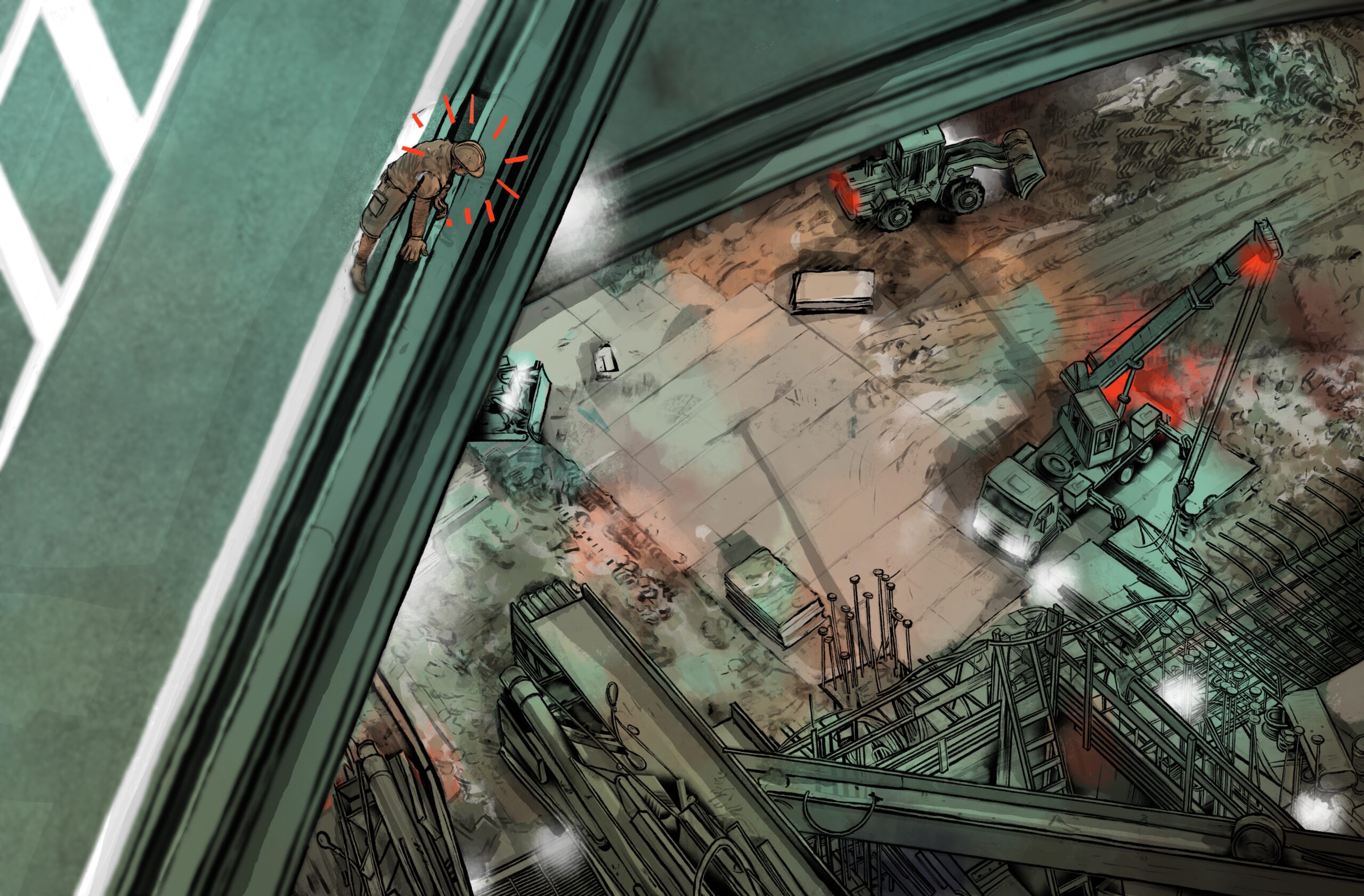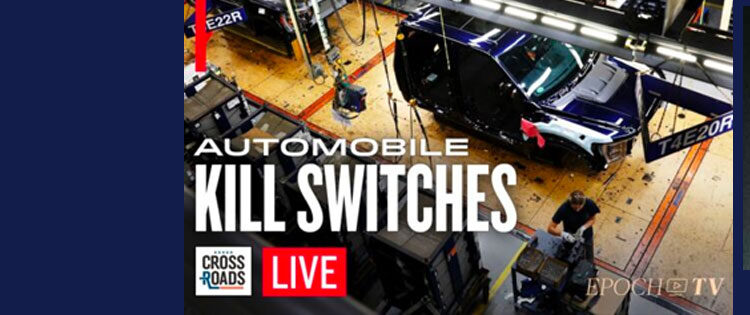This is a step in the right direction by AG Paxton. GM and other auto makers have got to stop spying on drivers. It’s a violation of our 4th amendment rights. Ford Motor Company is trying to patent snitch technology that will rat you out to law enforcement for speeding violations. These auto makers are clearly unconstitutionally spying on drivers, collecting and selling their information, including colluding with insurance companies who are already charging such exorbitant insurance rates most young drivers have no chance of driving, getting themselves to/from work, and living independent lives.
Ask parents if they have the time to shuttle their teens to/from their jobs, every practice, music lesson, or other activity (especially when several of these things conflict with their siblings’ pick-up times or the parents’ work obligations)? The answer is ‘no.’ Making driving unaffordable and stealing all your rights to do so, has no place in a free society or in an economically flourishing one. Auto makers and insurance companies are shooting themselves in the foot to continue down this path. Ultimately, fewer drivers means less revenue for them.
FOR IMMEDIATE RELEASE
|
|
|






